Why math hints matter–and how AI can help
eSchool News
JUNE 26, 2025
Math scores, which are still below pre-pandemic levels , show growing achievement gaps between higher- and lower-performing students. Scores from the 2024 National Assessment of Educational Progress illustrate some of these differences in alarming detail.

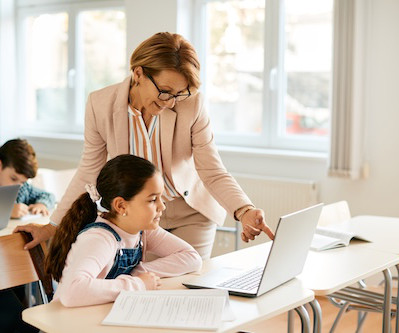


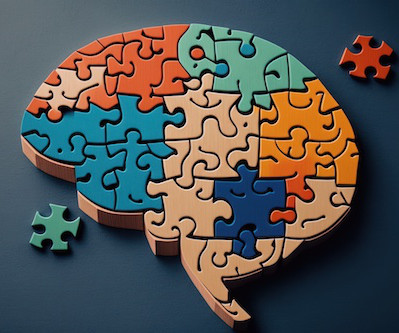
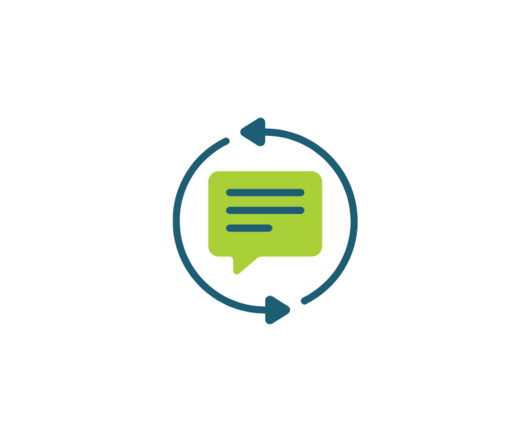
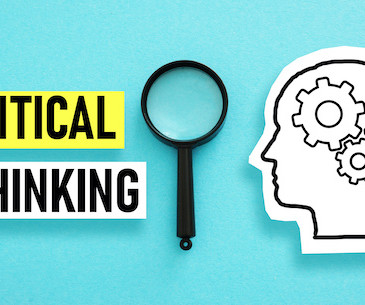

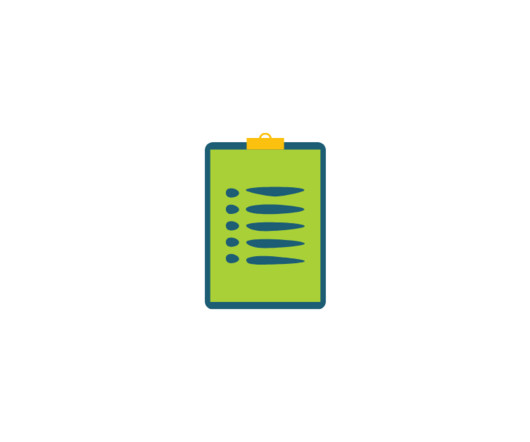
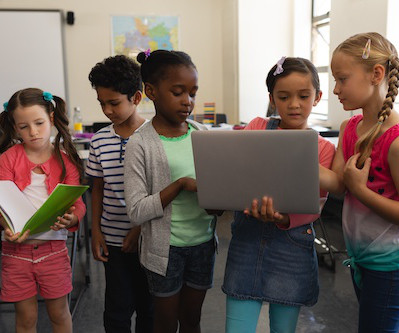










Let's personalize your content